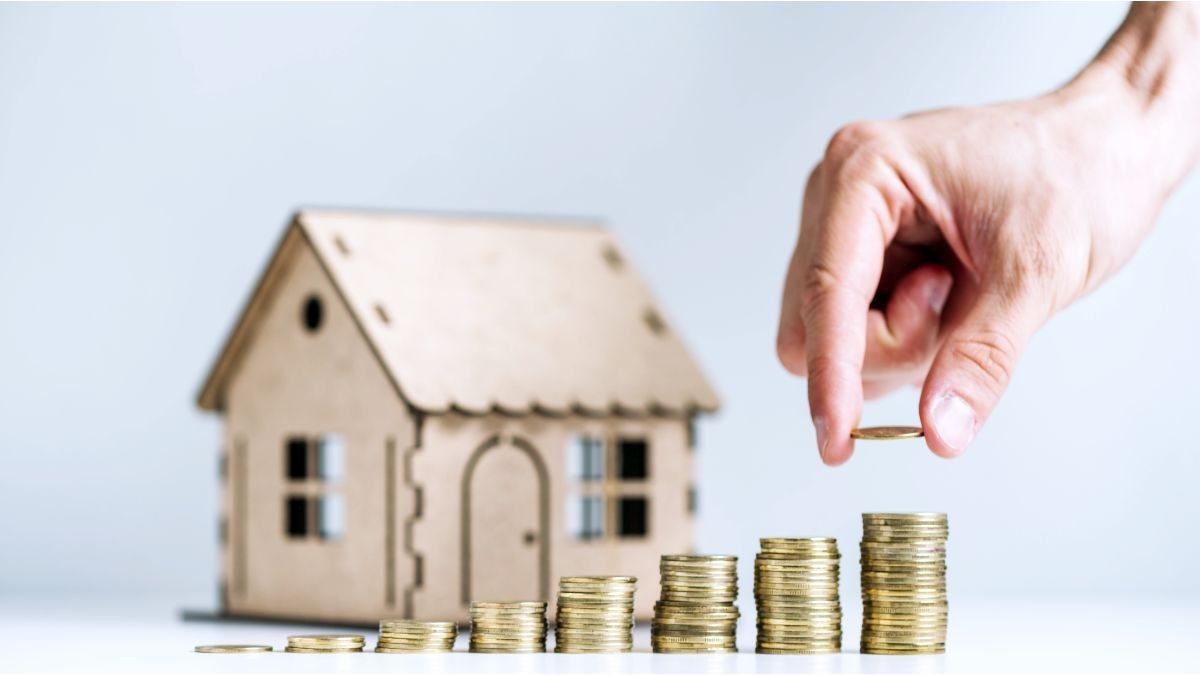Real estate flipping is an investment strategy that is gaining strength in Argentina. It consists of buying properties at a reduced price, usually because they need renovations, upgrades, and then sell at a higher price in a short period of time.
“In the United States, this practice is highly developed and represents approximately 7% of all real estate transactions. In Argentina, this percentage is much lower, around 1%. I firmly believe that the Argentine market has enormous potential to grow in this type of investments,” explained Virgilio Raiden, CEO of the developer One World Developers and director of Flipping Master, a flipping training business program.
CABA: 150,000 properties need to be renovated
Buy a property at low prices to recycle and resell: that would be the idea of this business, which for many results in interesting profits.
“According to my estimates, in the City of Buenos Aires alone there are about 150,000 houses or apartments that need to be renovated. Of a total of 1,500,000 homes, I estimate that at least 10% are properties more than 35 years old that have not received adequate maintenance. These properties, with outdated bathrooms and kitchens and not having been painted in decades, among other things, do not easily find a market in their current state,” Raiden said.
What are the characteristics of flipping
Raiden explained that the key to this business is acquiring properties at a good price. The main business is done when buying the propertyso it is crucial to find opportunities that are below market value and have the potential for appreciation after recycling them.
“Efficient renovation is a critical phase of flipping, since it must add significant value without exceeding the budget and avoiding the two main errors in remodeling: underremodeling, which means not making enough improvements, and overmodeling, which implies investing more than necessary in improvements that the market will not recognize, thus reducing the profit margin,” the expert clarified.
Finally, he highlighted the importance of a quick sale, which is obviously tied to the type of remodeling and fluctuations in the real estate market. “The goal of flipping is for the entire cycle from purchase to sale to last around 6 months, although of course sometimes things happen that make this period longer. Every effort must be made to minimize the time between the purchase and the sale and in this way reduce costs and maximize profits,” stated Raiden.
Investment and profit
In general, each flipping usually leaves a profitability of approximately 15% to 20%. This profit is shared between the investor and the flipping manager, that is, the person who finds, designs and executes the business. The investment initial varies depending on location and condition of the propertyincluding acquisition, legal, tax and renewal costs. It can range between US$50,000 and US$200,000 or more.
“Market research should always be carried out. Currently, high demand areas, already consolidated, are prioritized to achieve faster resale. The most important phases are: the search, the negotiation to achieve the appropriate closing price, the renovation or enhancement, the appraisal at the time of resale and marketing,” said Alejandra Gamberini, director of New Business at the consulting firm Empathy and specialized in real estate advice.
“Administrative and notary expenses, commercial commission expenses, architecture and construction expenses are always projected in the selection; in such a way as not to underestimate each item in the total investment; and thus not affect the price at which it should be sold quickly,” he added. “The initial investment must consider the cost of the renovation per square meter, which today is estimated at approximately US$500. In the selection, an architect’s analysis is important to size the type of work to be undertaken since there are different degrees of renovation, some involve changing pipes, solving humidity issues, design/functionality, etc.,” concluded Gamberini.
Regarding resale, it must be considered that the future profit should not be less than 20%, for this type of business model to be profitable.
Source: Ambito




